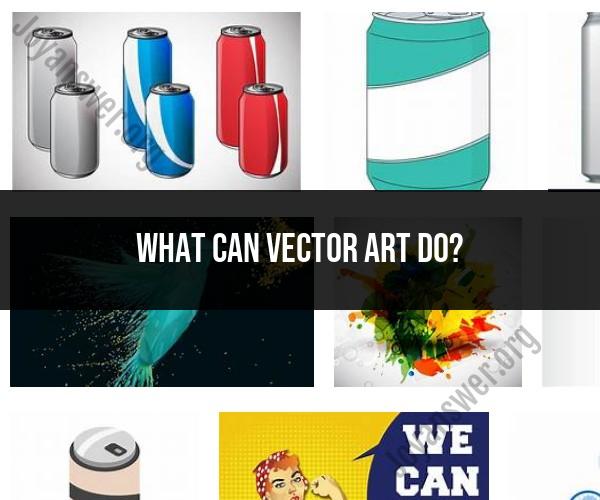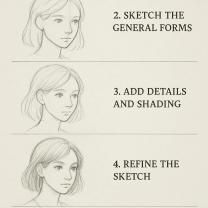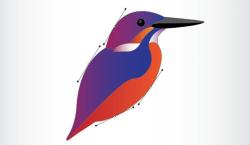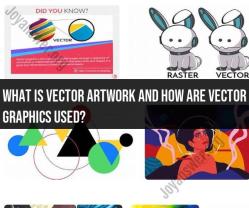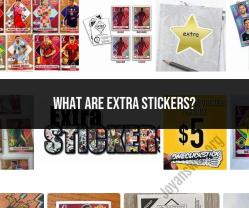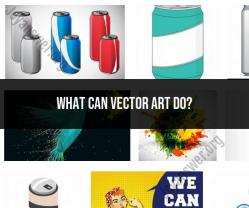What can vector art do?
Vector art is a versatile and powerful form of digital art that offers several benefits and capabilities for various creative and practical purposes. Here's what vector art can do for you:
Scalability: Vector art is resolution-independent, which means it can be scaled up or down without loss of quality. This makes it ideal for tasks like creating logos, icons, and illustrations for different media and sizes, from business cards to billboards.
Perfectly Smooth Lines and Shapes: Vector graphics use mathematical equations to define shapes and lines, resulting in precise and smooth edges. This level of precision is crucial for creating clean and professional designs.
Editable and Modifiable: Vector files are typically created in software like Adobe Illustrator or CorelDRAW, where each element is represented as a separate object or path. This allows for easy editing, resizing, and rearranging of elements within the artwork.
Small File Sizes: Vector files are compact because they store information about shapes, curves, and colors mathematically rather than pixel by pixel. This makes vector graphics suitable for web design and reducing storage space.
Wide Color Range: Vector art can utilize a broad spectrum of colors and gradients, making it suitable for creating vibrant and colorful designs.
Transparency: Vector graphics support transparency settings, allowing you to create designs with partially opaque or translucent elements. This is useful for creating overlays, watermarks, or designs that need to blend seamlessly with other content.
Print-Ready: Vector art is commonly used in print media, such as brochures, posters, and banners, as it ensures high-quality output even in large print formats.
Illustrations and Cartoons: Vector art is well-suited for creating detailed illustrations, cartoons, and comic art. The ability to manipulate shapes and lines with precision allows artists to bring their creative visions to life.
Logos and Branding: Many logos and branding elements are created as vector art to maintain clarity and consistency across various applications and marketing materials.
Infographics: Vector graphics are frequently used to design infographics, where complex data is presented visually in a clear and engaging manner.
Animation: Vector art can be used in animation software to create dynamic and scalable animations. Popular animation styles, such as motion graphics and 2D animations, often rely on vector graphics.
Maps and Diagrams: Vector art is used extensively in map creation and diagram design, ensuring that maps remain clear and legible regardless of size or zoom level.
Custom Typography: Designers can use vector graphics to create custom fonts and typography, allowing for unique and visually appealing text in various projects.
Digital Painting: While vector art is known for its precision, artists can use vector tools to create digital paintings by building up complex compositions with shapes, gradients, and blending techniques.
Prototyping: In web and app design, vector graphics are valuable for creating wireframes and prototypes, helping designers visualize and test interface layouts.
In summary, vector art is a versatile and indispensable tool for graphic designers, illustrators, artists, and anyone looking to create high-quality, scalable, and customizable digital artwork for a wide range of applications. Its ability to maintain clarity and quality across different sizes and mediums makes it a preferred choice for many design projects.
